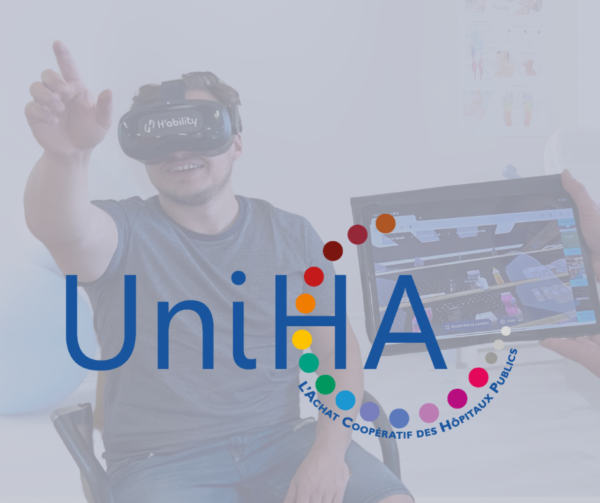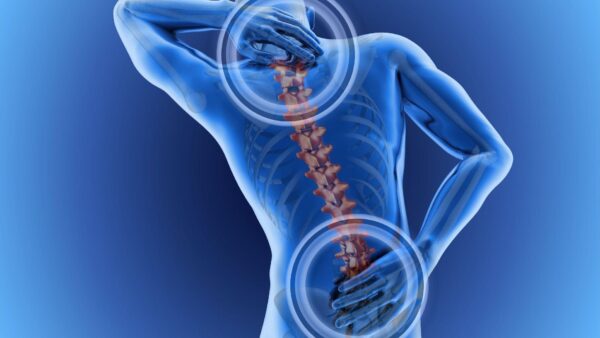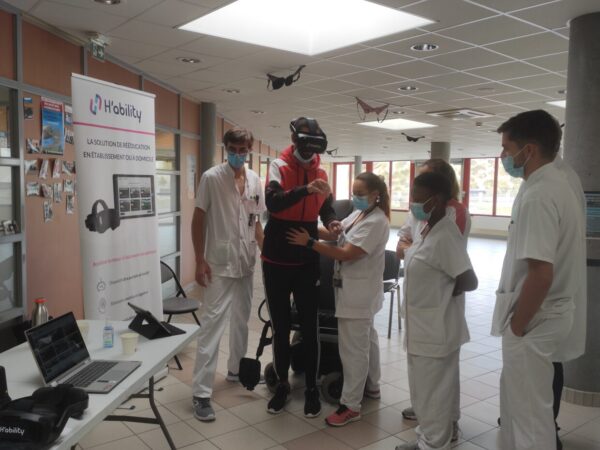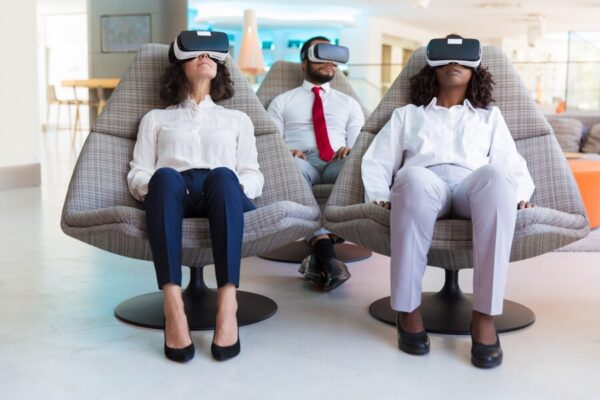H'ability wins UniHa tender with its VR headset for rehabilitation
After several months of procedures and hospital trials, we're delighted to announce a new milestone for H'ability: our virtual reality rehabilitation solution has been selected by UniHA, France's largest public hospital purchasing group! This partnership as part of the "Immersive clinical reality solution dedicated to functional and vestibular check-ups and rehabilitation" call for tenders is a huge recognition of our work and our commitment to innovation in healthcare.










